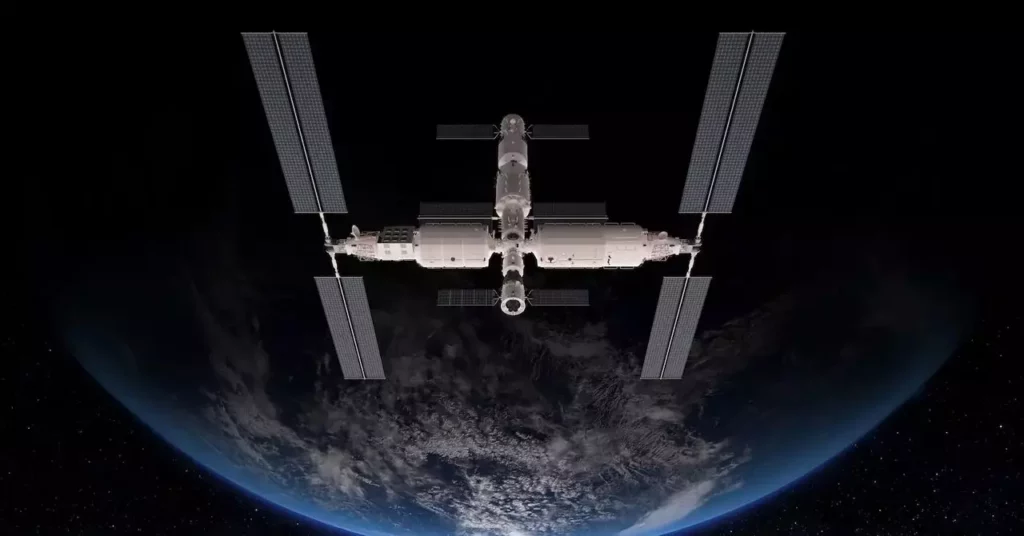In an age where speed and efficiency dictate our communication habits, complacency within traditional cellular networks can no longer be an option. T-Mobile’s collaboration with Starlink represents an unapologetic pivot from the archaic dependency on ground-based infrastructure toward a futuristic promise of satellite-powered connectivity. No longer are we bound to the restrictions of physical telecom lines, which can often feel like shackles in our increasingly mobile world. The relentless drive for a seamless online experience is not just aspirational; it is an urgent necessity in today’s fast-paced digital landscape.
Furthermore, this partnership is more than just an innovation; it is a challenge to established norms. As more people work remotely or travel to untapped territories, the frustrations that arise from dead zones make it evident that something must change. T-Mobile and Starlink provide a solution that effortlessly integrates satellite capabilities with existing mobile infrastructure, revealing an empowering truth: connectivity does not have to be complicated. The simplicity of their approach signals a rejection of overly complex technological ecosystems that seem designed more for profit than user experience.
The User Experience Revolution
At the core of T-Mobile and Starlink’s collaboration lies a philosophy that many technology giants overlook: the user experience should be effortless. Gone are the days when consumers were expected to navigate through an array of unwieldy applications or troubleshoot signal problems themselves. Sag, a prominent advocate of satellite technology, outlines how this partnership eliminates the burden of manual switching between networks. In a world where ease of use and consumer autonomy are key, this innovation comes as a refreshing breath of air.
What makes this development all the more compelling is the concerted effort from T-Mobile and Starlink to collaborate with leading tech companies like Google and Apple. Their joint commitment to establishing a user-friendly interface ensures that even the most tech-averse individuals can maintain connectivity while enjoying the freedom to explore. When functioning seamlessly in remote landscapes, this connectivity not only promises convenience but also safety; being unreachable in a crisis is no longer an acceptable reality.
The Competition is Heating Up
However, the partnership between T-Mobile and Starlink does not exist in a bubble. The landscape of satellite communications is becoming increasingly competitive, with major players like Amazon’s Project Kuiper and the European Commission’s IRIS² program entering the fray. This intensification fosters not only innovation but also the potential for lower prices and enhanced services for consumers. A healthy competitive environment, often touted as a hallmark of capitalism, can spur advancements that directly enhance the end-user experience.
While the prospect of multiple satellite service options may appear daunting to consumers, it can serve as a catalyst for unprecedented technological breakthroughs. More competition often leads to specialization, compelling providers to enhance their offerings continually. As we stand at the cusp of this satellite frontier, it becomes evident that only the most adaptive and consumer-focused entities will thrive. In turn, these innovations will collectively elevate the base standard of connectivity across all sectors.
The Challenges Ahead
Yet, as with any technological advancement, challenges loom on the horizon. One pressing issue that emerges is the potential for fragmentation of services. If satellite networks become monopolized by specific devices—such as Globalstar limiting its services to Apple products—the very essence of universal connectivity could be compromised. This concern raises an alarm for advocates of open access who envision a future where connectivity knows no boundaries.
Nonetheless, the ambition of T-Mobile and Starlink leans favorably toward a collaborative effort that transcends proprietary limitations. A vision that prioritizes interoperability would significantly benefit consumers. It is imperative for industry stakeholders to prioritize standardization over exclusivity, ensuring that no user is left behind regardless of the device they choose.
Pioneering a New Era of Connectivity
The T-Mobile and Starlink partnership embodies innovation in an otherwise stagnant telecommunications industry. Their commitment to delivering a superior user experience while fostering robust competition illustrates a promising shift that could alter the trajectory of global connectivity. In a world increasingly characterized by disconnection, the movement toward universal satellite-based solutions signals hope. As we navigate a future shaped by this partnership, it’s clear that the true potential of technology lies not merely in breaking boundaries but in redefining what connectivity can and should be—accessible, user-friendly, and, above all, liberated from legacy constraints.









Leave a Reply